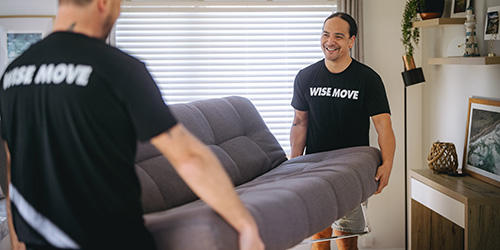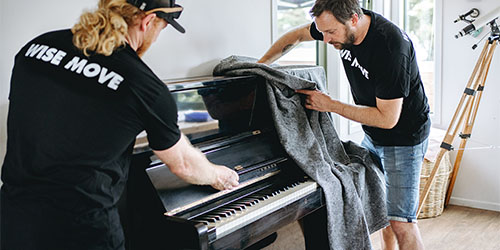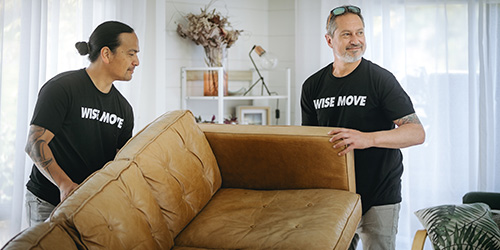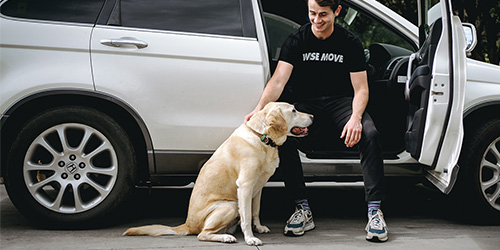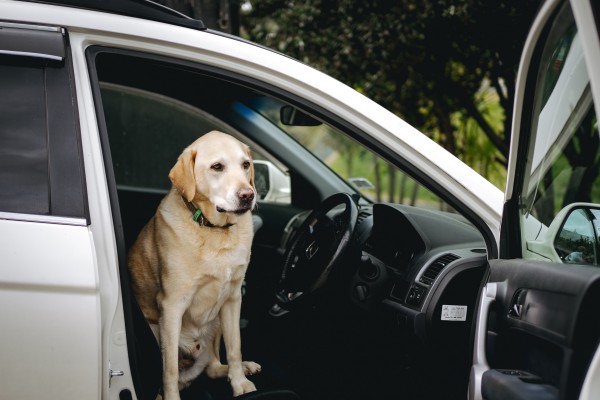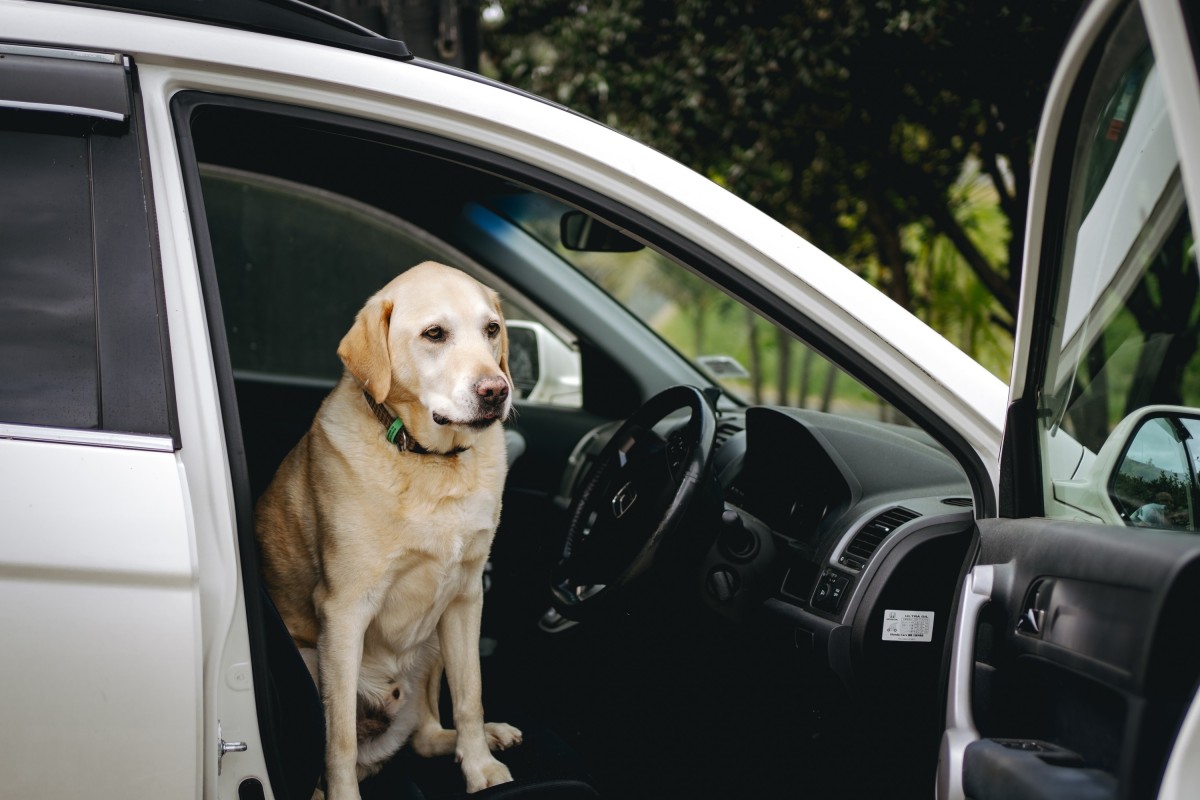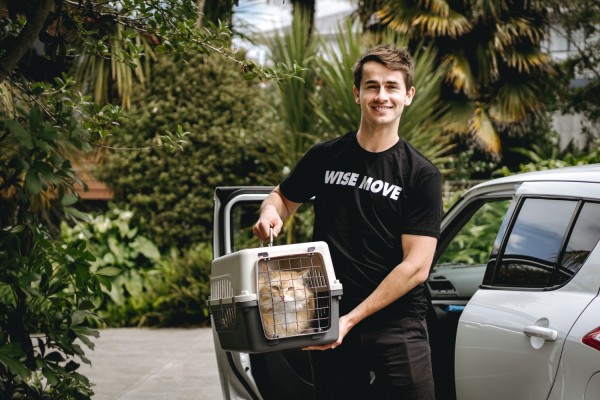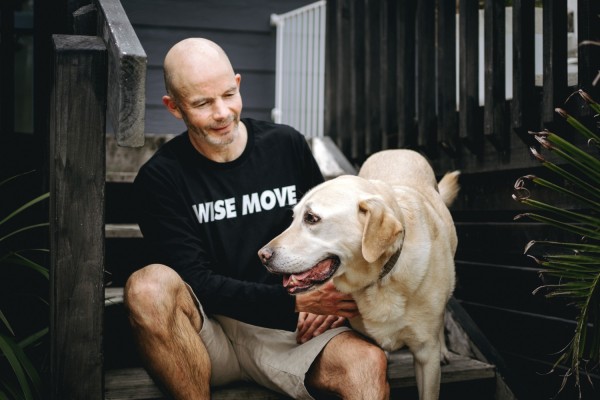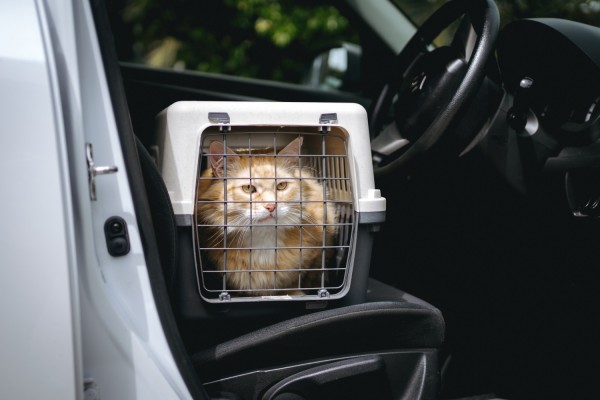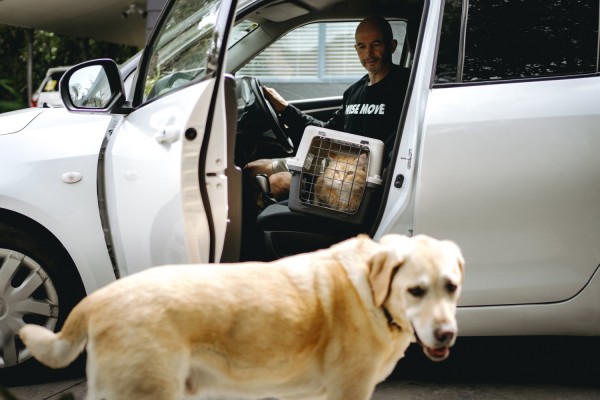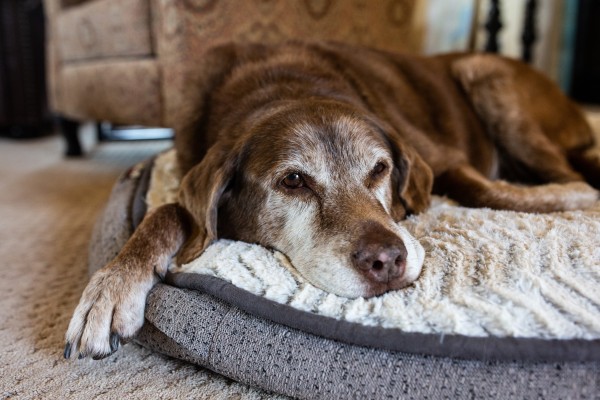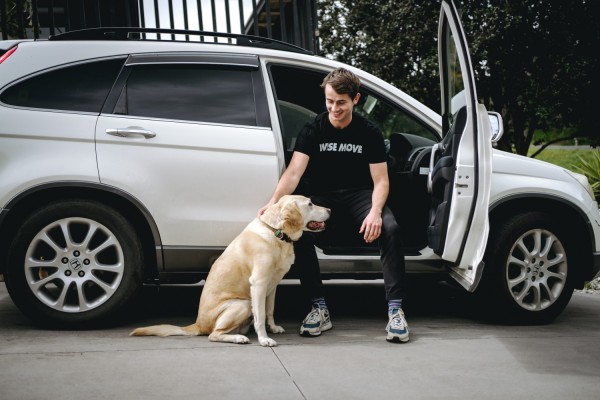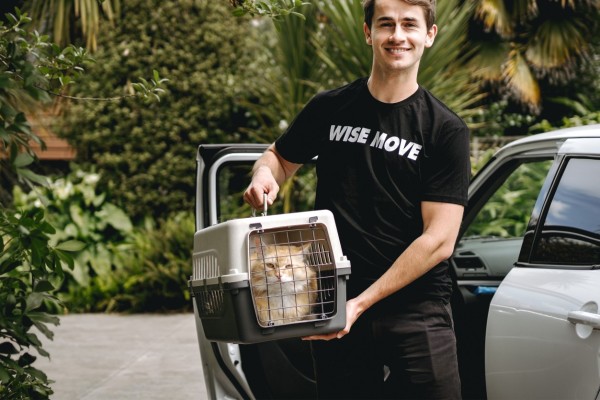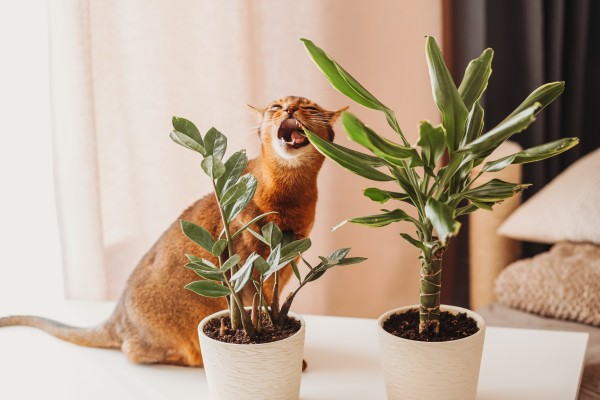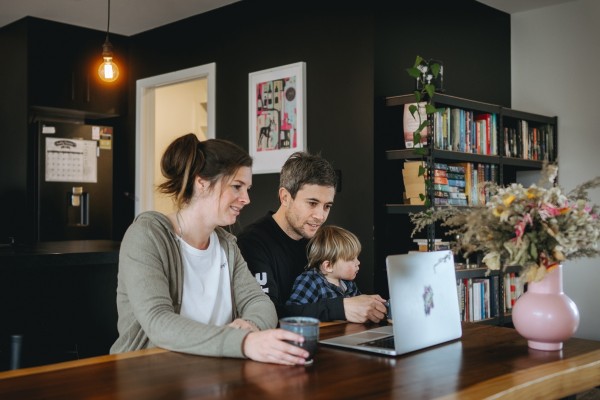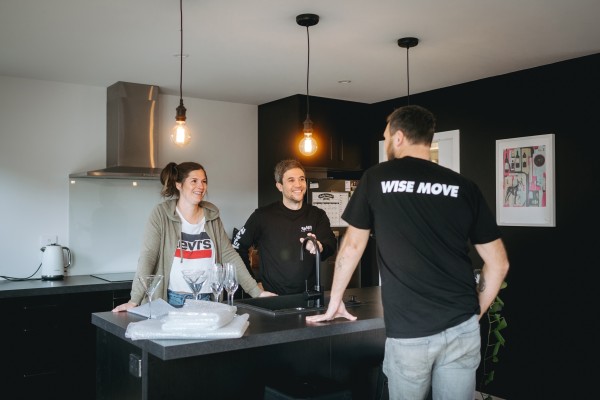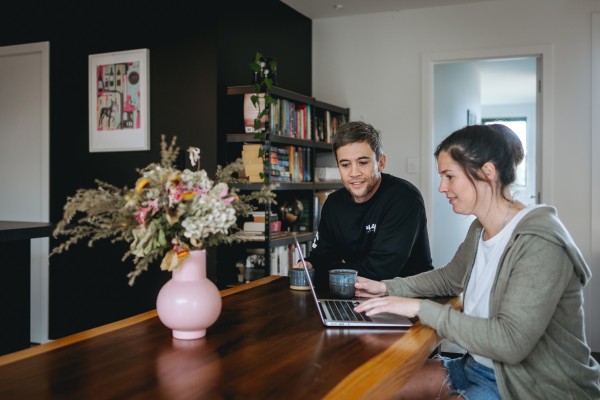Pets and Rentals: How to Keep Your Pet, Your Home and Your Bond Happy
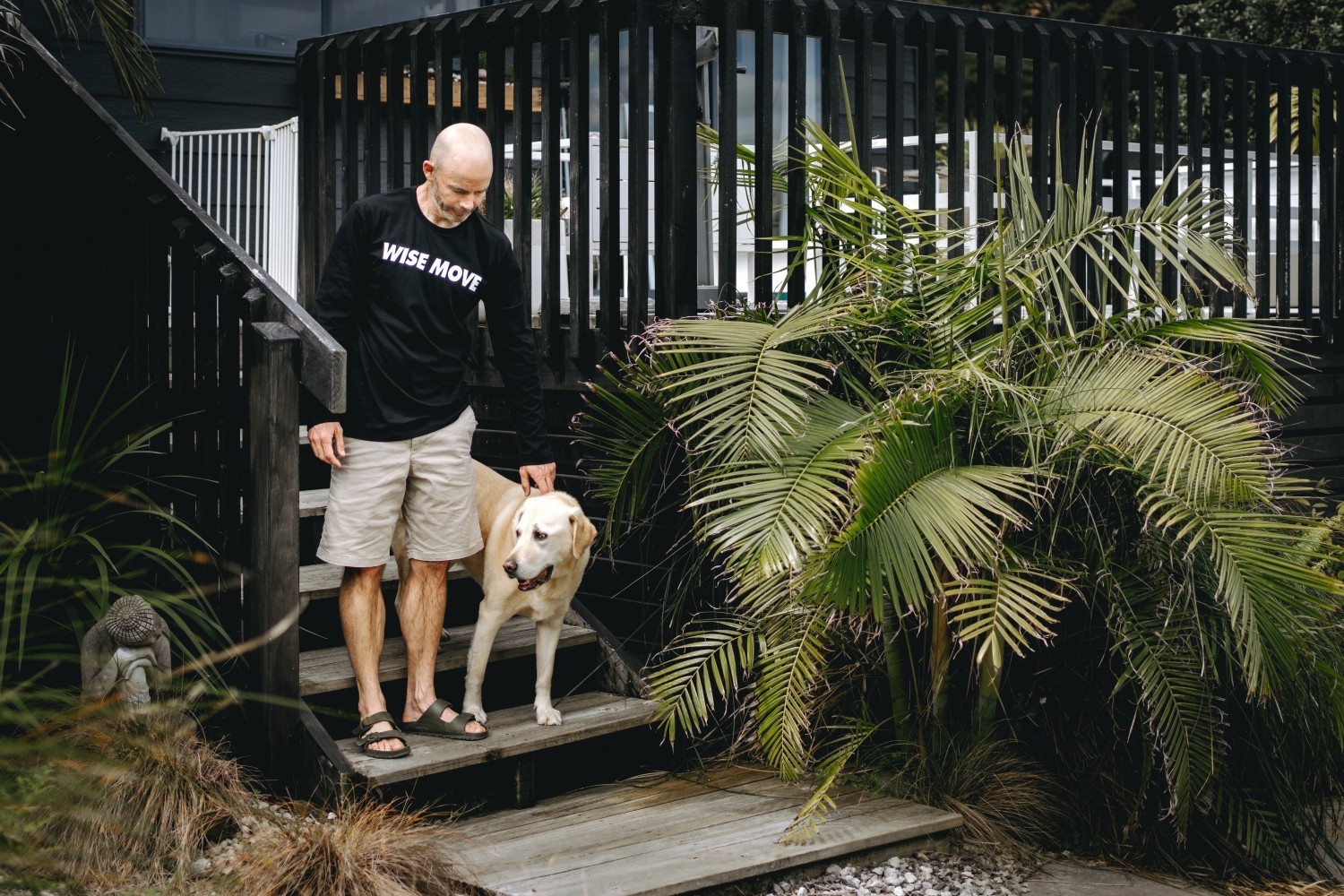
New Zealand has one of the highest rates of pet ownership in the world, yet finding a rental that accepts animals can be difficult. Here are our top tips for securing and keeping a rental when you have a pet.
How to find a rental in New Zealand when you have a pet
According to a survey by Barfoot and Thompson, only 14% of rentals are pet friendly, while 58% of New Zealanders own a cat or a dog.
If you don’t yet own a pet but would like to, it’s a good idea to ask your landlord beforehand. If you’ve spent time building a good rapport with them and are a good tenant, there’s a higher chance that they will allow you to get a cat or a dog.
If you already own an animal, here are some things you can do to help secure yourself a home.
Create a CV for your pet
Create a CV for your pet so that your landlord knows who they are saying yes to. Some landlords might be open to you owning rabbits, chickens or a cat, but not want a dog on their property. A ‘pet CV’ will help keep them informed about the needs of your animal. Include:
- A photo of your pet;
- Their breed and temperament;
- How much time do they spend inside or outside;
Offer positive pet references
Ask for a written reference from your last landlord and include it with your next application. Most landlords won’t ask for a written reference, but they are an excellent way to stand out from other renters. Showing that you are prepared and proactive about looking out for your pet and your home is a good sign to any potential landlord.
If you want to rent a room with other tenants, introduce your pet to your potential flatmates to alleviate any of their concerns.
Leave enough time to house hunt
We won’t lie. It’s not easy to find a rental when you have a pet. Leave yourself enough time to look for a flat so that you’re not scrambling at the last minute. It may take a few months longer to find a home than you first anticipated.
A periodic lease may take the stress out of house hunting and allow you to sign on to the right home in your own time.
How to keep your pet happy in a rental
Hooray! You’ve found a pet-friendly rental. Here are some tips to help your animal feel at home in your new space.
Invest in pet training
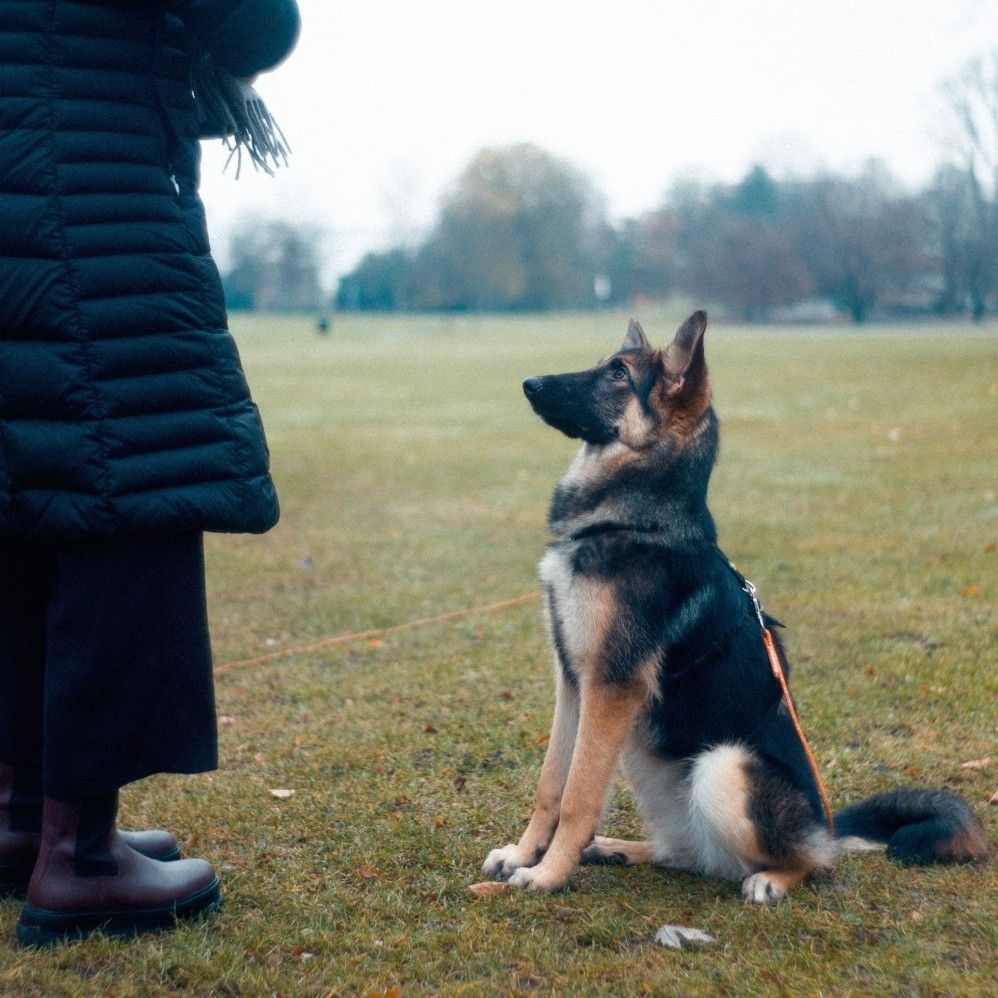 If you’ve just moved, your pet will need some time to get used to the smells and sounds of your neighbourhood. They could be experiencing new things like loud noises, unfamiliar people and dogs nearby. They could even be anxious about your new home, especially if your routine has changed a lot.
If you’ve just moved, your pet will need some time to get used to the smells and sounds of your neighbourhood. They could be experiencing new things like loud noises, unfamiliar people and dogs nearby. They could even be anxious about your new home, especially if your routine has changed a lot.
Pay attention to your animal's behaviour. If you own a dog, make sure you take them on walks around the neighbourhood and address any behavioural issues that may arise in your new home. Taking your dog to a training school or hiring a dog trainer is a good way to fix any behavioural issues.
Give them their own area
Use baby gates to keep your animal out of any areas that may be prone to damage like wooden floors.
Create an area of your home that is just for your pet, where your animal can sleep and play. Ensure the floor is protected and there is access to the outdoors. If you have water and food bowls for pets, keep them raised so that you don’t cause damage to the floor over time.
Have a plan for when you’re away
If you are going away for a long time, ensure your pet has everything it needs and won’t get bored. Some breeds of dogs are prone to biting and scratching when they have been left alone for too long. Give your animal toys, food and water and make sure they have been to the bathroom before you leave.
If you have to leave your pet for a long time, consider taking them to daycare or getting a pet. Sites like Share My Pet and Kiwi House Sitters offer pet ‘sharers’ and pet sitters who can visit or babysit your pets when you are away.
Invest in a pet camera
Keep an eye on your cat or dog with a pet camera. Cameras are a great way to make sure your pet is safe and also act as an additional form of home security. Some pet cameras even allow you to speak to your animal by phone or video call. If your pet has anxiety or is prone to chew things, you can call to put them at ease (or tell them off!)
How to get your rental bond back when you have a pet
When it comes to moving out of your pet-friendly rental, there are a few things you can do to ensure you get your bond back.
Take photos before you move in
Take photos of all walls, surfaces and carpets, including baseboards, skirting boards, and doors. You will need to leave your home in a similar condition to how you rented it. These photos will show you what the original state of your home was.
Be clear on what is expected of you
Did you sign a pet-specific agreement when you rented your home? If so, there may be an expectation that you leave the lawn, or garden in a good condition. Make sure you fill in any holes that your pet may have dug. You may also need to get rid of any fencing or outdoor housing that belonged to your pet.
Do quarterly maintenance checks
Don’t start thinking about damage or maintenance when it’s time to move out. Every quarter, check your home for signs of damage and take care of it then and there.
Inspect the state of your walls, flooring, and any areas where they typically play, eat and sleep. Check the condition of your blinds. Some cats and dogs like to look out the window during the day and this can cause damage to the blinds.
Be prepared to paint or sand
Pets, like people, can easily cause wear and tear in your home. Consider sanding and painting things like skirting boards and doors if they are scratched. It’s often cheaper to spend a little money on paint and sandpaper than it is to lose a portion of your bond. Your landlord will most likely be hiring a professional to clean up any areas they aren’t happy with.
Moving with a pet? Make the wise choice
If you’re looking to move into a new rental, choose a moving provider that knows how to take care of your pet. At Wise Move, we can help you find pet transport that meets the needs of you and your furry friend.
What do our customers say?
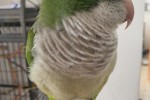



For every (wise)move
